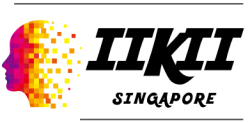An analysis of body composition, caloric intake and consumption patterns of Korean college students
Abstract:
Recently, Korean college students are experiencing hardships due to their irregular eating habit. As their dietary and calorie-consuming patterns are neither consistent nor regular in particular, this research was conducted in need for an empirical study regarding them. The study chose convenience sampling method and asked 200 Korean male and female college students to self-report their caloric intake and consumption calories. Then, the caloric intakes were analyzed with CAN-Pro 4.0, and burnt calories were analyzed by recording the actual physical activities the students carried out. For the statistics, SPSS ver 18.0 was used; here the average, stand deviation, and cross-tabulation analysis (x2) were calculated. For both male and female students, the numbers were revealed to be high in the consumption calorie groups. The research concludes that the group with the adequate body composition in line with the Korean students’ nutritional intake and consumption calorie was the one that had three meals a day; the intake calorie of male students that had two meals a day rather than three was found out to be higher than that of the female counterpart. In addition, the groups that had three meals a day turned out to be doing more physical activities; therefore, it is very important that the students try to have meals three times a day on a regular basis, rather than choosing to develop a habit of having meals irregularly.
Keywords:
college students, intake, consumption, calorie
pages:
155-158
Year:
2019
Published in:
2nd Eurasian Conference on Educational Innovation 2019
Full paper download:

